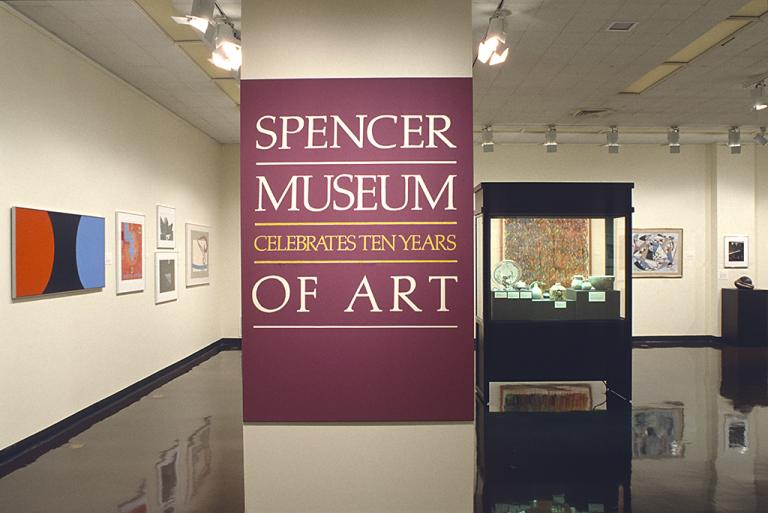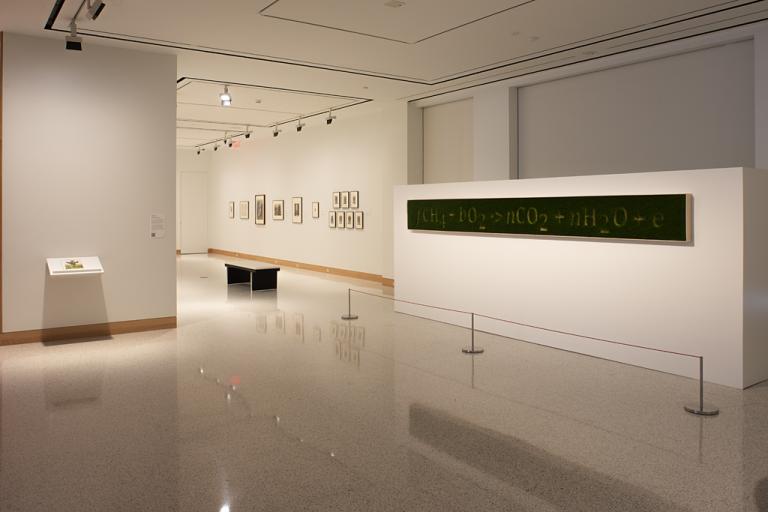untitled (view of the form of the flower mentioned on the thirteenth page), William Sharp; John Fisk Allen
Artwork Overview
William Sharp, artist
1803–1875
John Fisk Allen, author
1785–1865
untitled (view of the form of the flower mentioned on the thirteenth page),
1854
Portfolio/Series title: Victoria Regia or The Great Water Lily of America with a Brief Account of its Discovery and Introduction into Cultivation
Where object was made: United States
Material/technique: chromolithograph
Dimensions:
Image Dimensions Height/Width (Height x Width): 394 x 546 mm
Image Dimensions Height/Width (Height x Width): 15 1/2 x 21 1/2 in
Mat Dimensions (Height x Width): 24 x 32 in
Image Dimensions Height/Width (Height x Width): 394 x 546 mm
Image Dimensions Height/Width (Height x Width): 15 1/2 x 21 1/2 in
Mat Dimensions (Height x Width): 24 x 32 in
Credit line: Museum purchase
Accession number: 1978.0078.01
Not on display
If you wish to reproduce this image, please submit an image request







